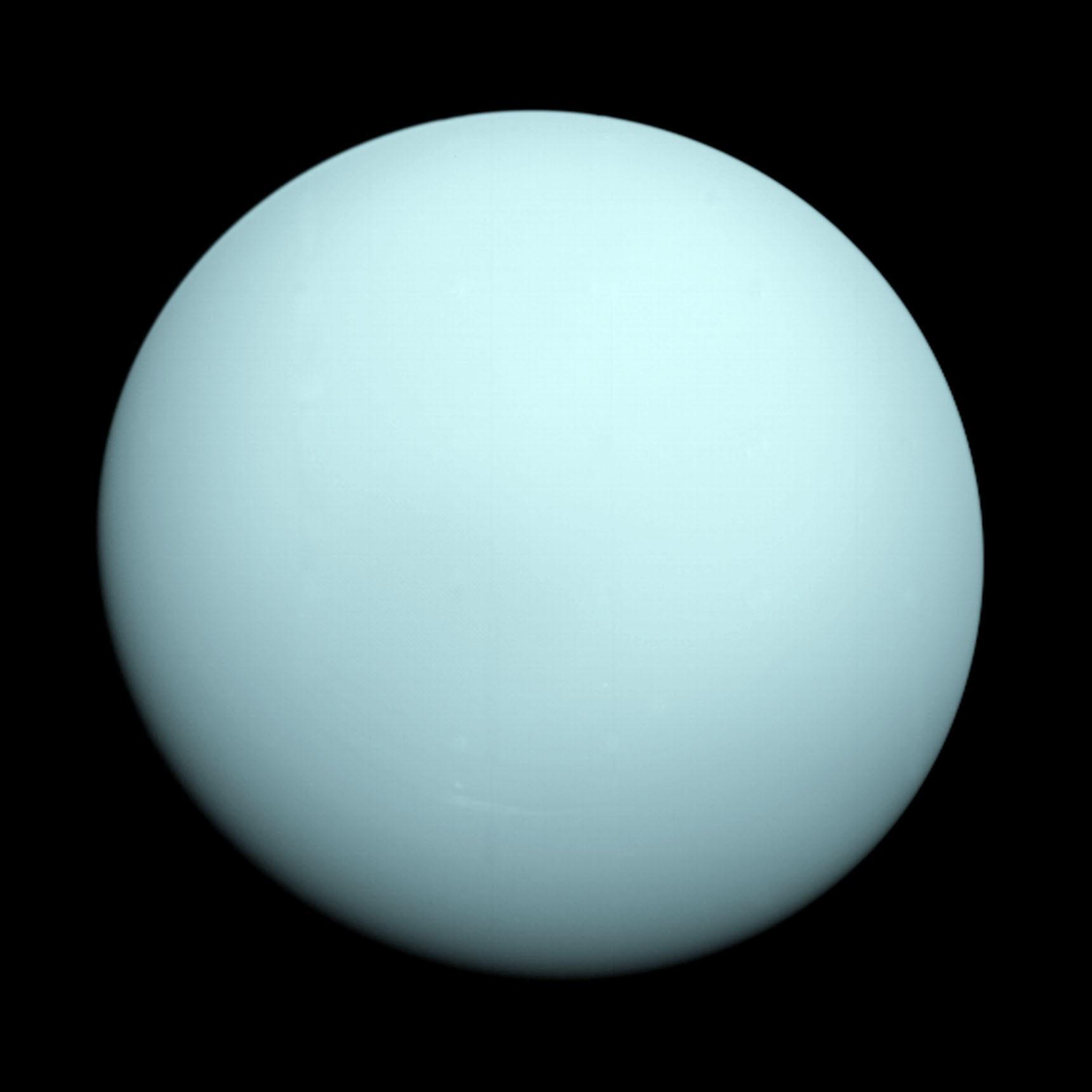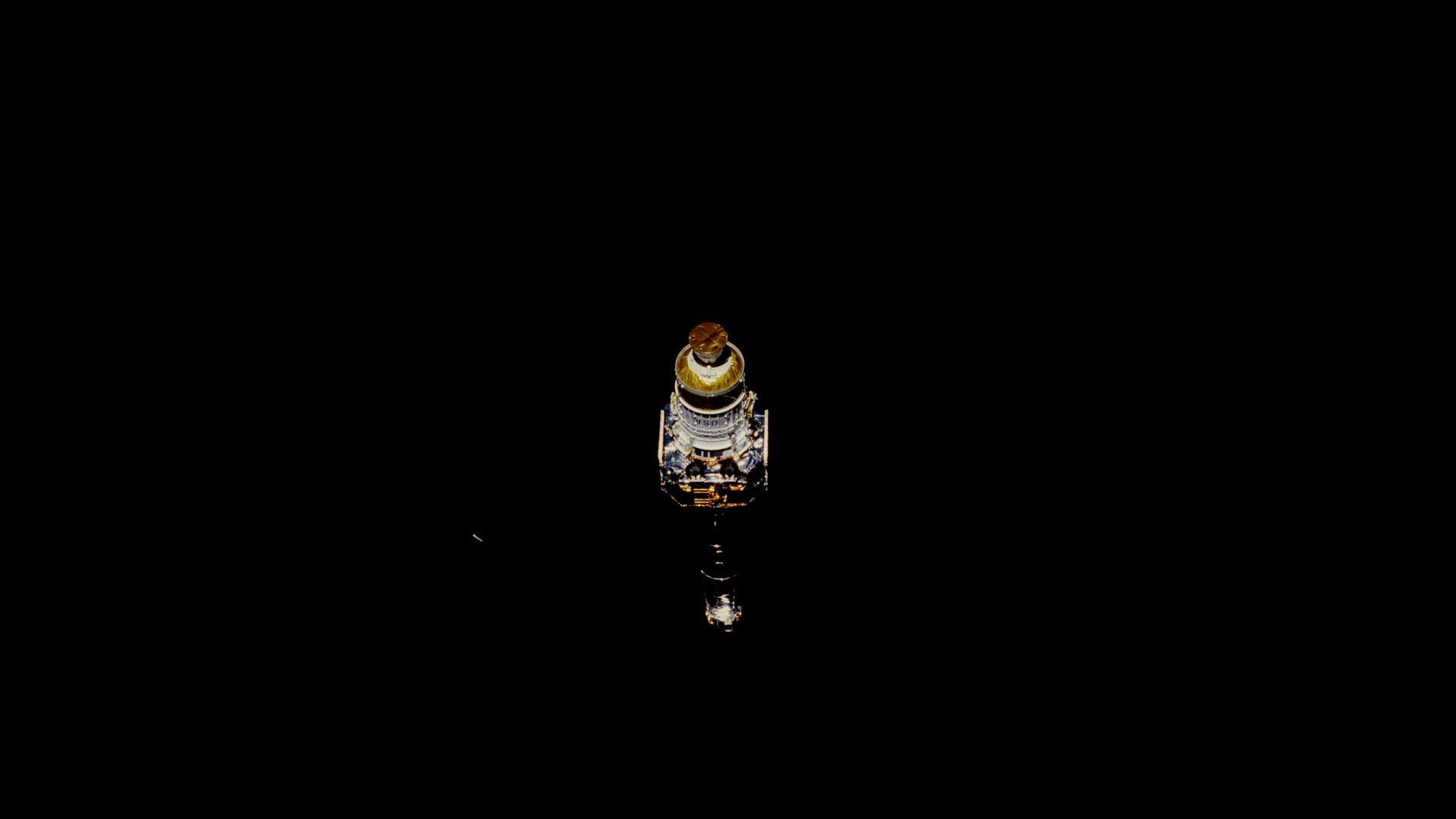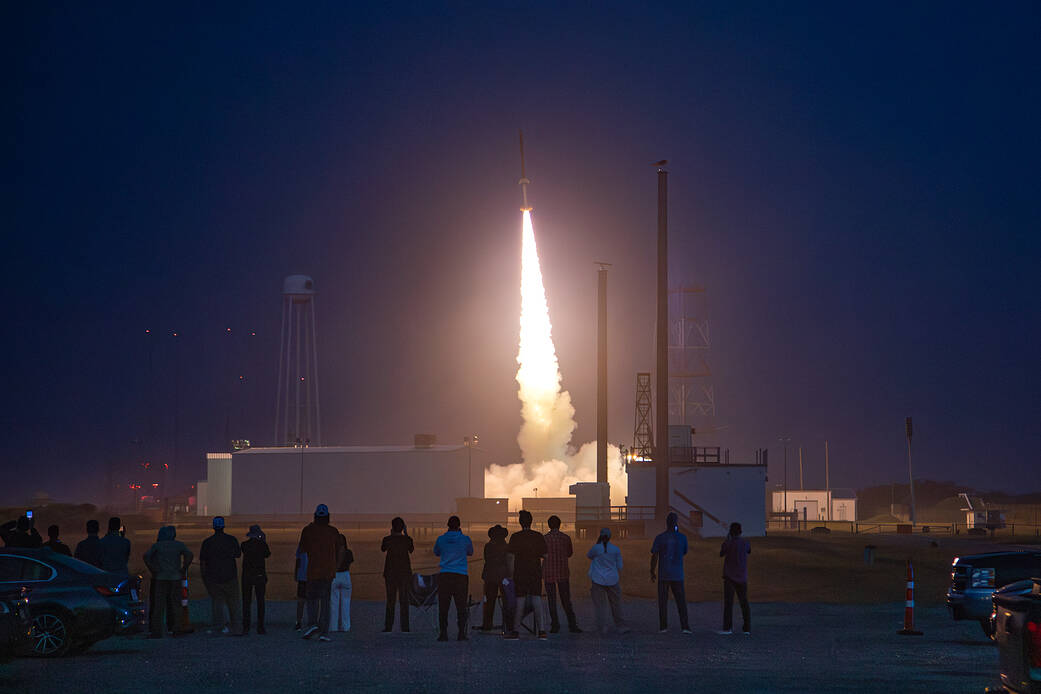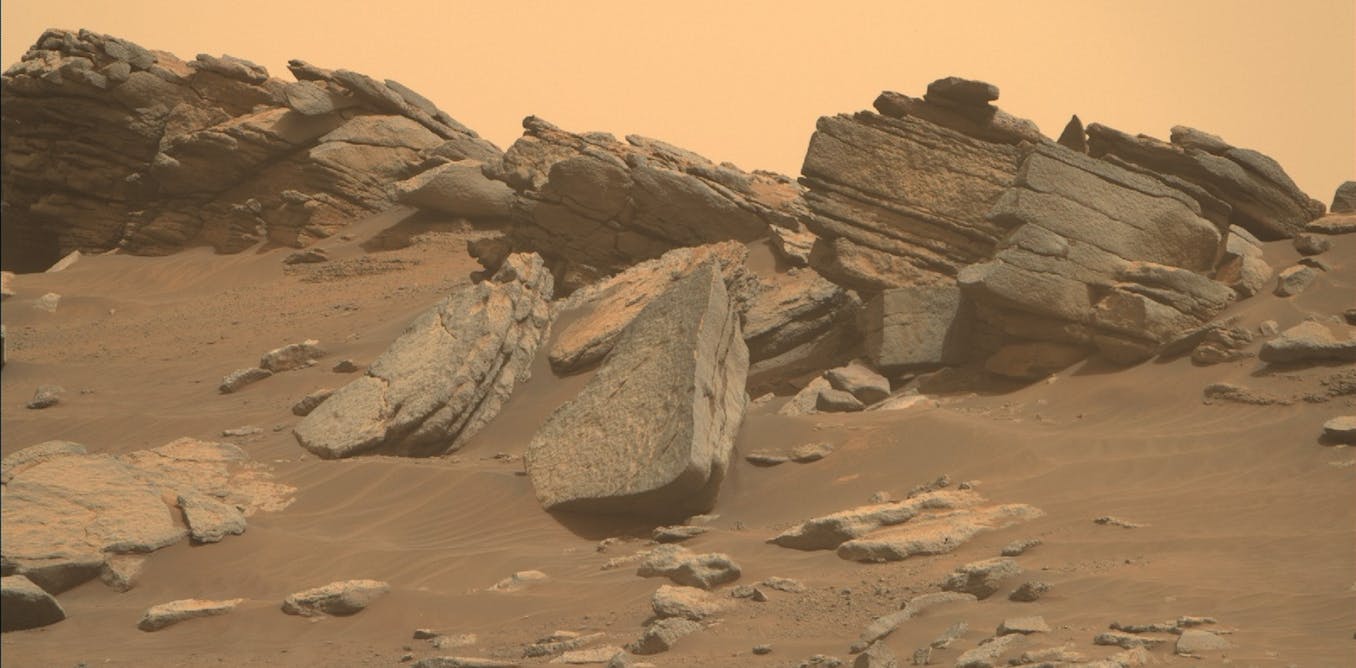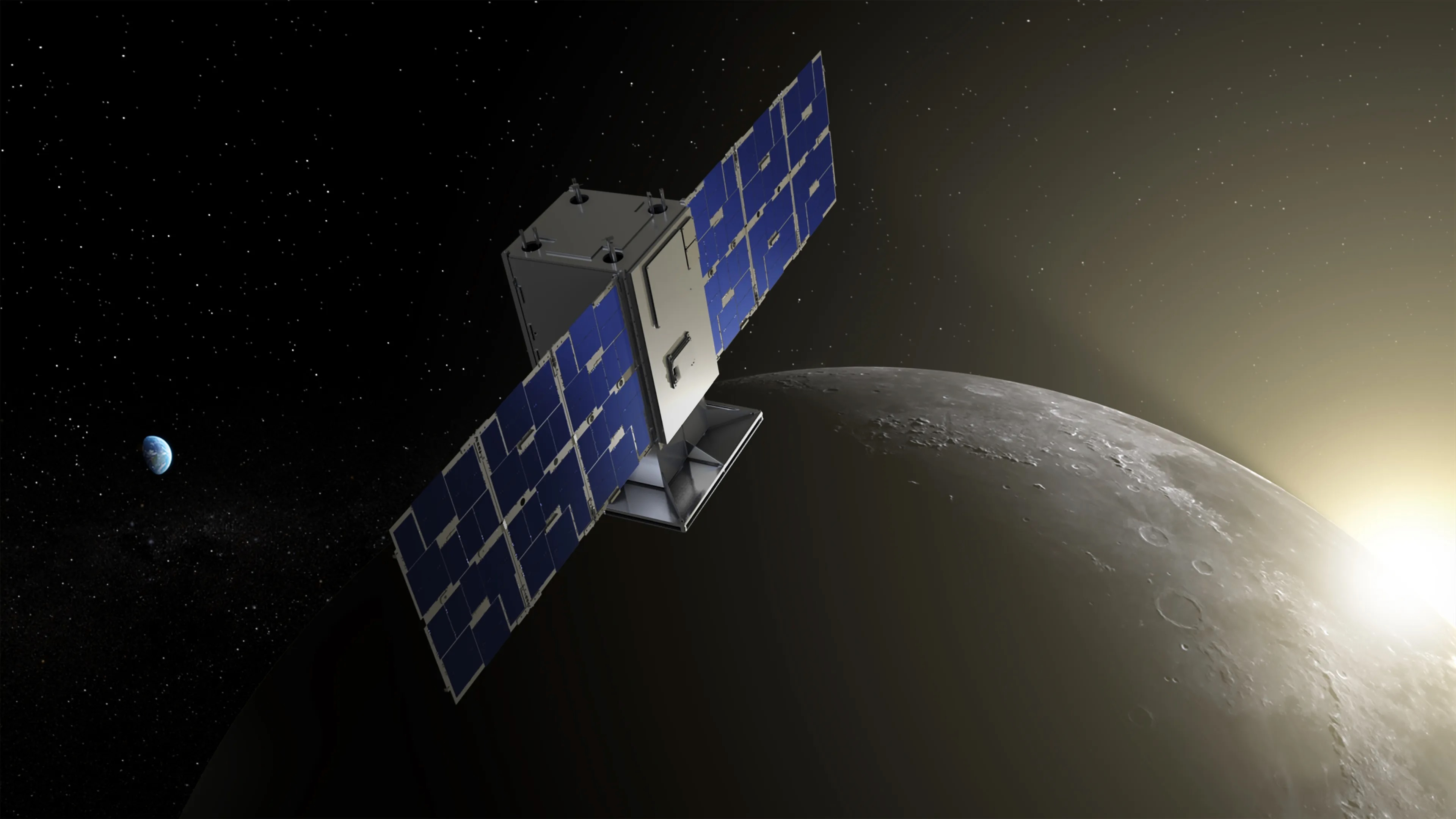Browsing Tag
NASA’s
51 posts
NASA’s Artemis program needs a new public relations angle
On March 7, 1967, a Red Bank, New Jersey, resident named F.C. Stetter sat down at their typewriter and wrote a letter to Sen. Clinton P. Anderson (D-N.M.), a fierce advocate for the United States space program and the chair of the Senate’s Committee on Aeronautical and Space Sciences at the time. “We were not the
December 30, 2024
NASA’s Proposed Mars ‘Chopper’ Is Ingenuity on Steroids
Almost a year after Ingenuity broke a blade and ended its experimental stint on Mars, NASA unveiled a new design concept for the Martian helicopter’s successor and it’s comparatively a big boy. NASA’s Mars Chopper, as it’s called, is about the same size as an SUV, fitted with six rotors, with each rotor hosting six
December 20, 2024
NASA’s Perseverance Rover Reaches Top of Jezero Crater Rim
The road ahead will be even more scientifically intriguing, and probably somewhat easier-going, now that the six-wheeler has completed its long climb to the top. NASA’s Perseverance Mars rover has crested the top of Jezero Crater’s rim at a location the science team calls “Lookout Hill” and rolling toward its first science stop after the
December 12, 2024
NASA’s Next Artemis Mission Is Pushed to No Earlier Than 2026
With its Artemis program, NASA aims to return humans to the moon for the first time in more than 50 years. And on the eve of a new presidential administration, agency officials have announced both a delay to the program’s next major mission and their intent to make that mission more ambitious in scope.At a
December 10, 2024
Mining Old Data From NASA’s Voyager 2 Solves Several Uranus Mysteries
NASA’s Voyager 2 flyby of Uranus decades ago shaped scientists’ understanding of the planet but also introduced unexplained oddities. A recent data dive has offered answers. When NASA’s Voyager 2 spacecraft flew by Uranus in 1986, it provided scientists’ first — and, so far, only — close glimpse of this strange, sideways-rotating outer planet. Alongside
November 11, 2024
What it takes to keep NASA’s flagship Chandra observatory flying for a quarter century
On July 23, 1999, NASA's Chandra X-Ray Observatory was released into space by five astronauts aboard space shuttle Columbia as it flew over the Indonesian island chain. (Image credit: NASA) For the past 25 years, NASA's flagship Chandra X-ray Observatory has recorded X-ray emissions from exploded stars, supermassive black holes, galaxy clusters and other exotic
July 28, 2024
Update June 20, 2024: A Terrier-Improved Orion sounding rocket carrying student experiments for the RockOn mission successfully launched from NASA’s Wallops Flight Facility Thursday, June 20 at 5:30 a.m. EDT. The rocket reached an altitude of 114 km (70 miles). The payload was successfully recovered, and the experiments will be returned to the student teams
NASA’s Ingenuity Mars Helicopter Team Says Goodbye … for Now
The final downlink shift by the Ingenuity team was a time to reflect on a highly successful mission — and to prepare the first aircraft on another world for its new role. Engineers working on NASA’s Ingenuity Mars Helicopter assembled for one last time in a control room at the agency’s Jet Propulsion Laboratory in
April 17, 2024
NASA’s Search for Life on Mars Faces Issues With Rovers and Budget
Is or was there life on Mars? That profound question is so complex that it will not be fully answered by the two NASA rovers now exploring it.But because of the literal groundwork the rovers are performing, scientists are finally investigating, in-depth and in unprecedented detail, the planet’s evidence for life, known as its “biosignatures.”
March 16, 2024
NASA’s tiny CAPSTONE probe celebrates 450 days in orbit around the moon
Artist's illlustration of NASA's CAPSTONE cubesat mission in orbit around the moon. (Image credit: Illustration by NASA/Daniel Rutter) NASA's experimental CAPSTONE cubesat mission has been circling the moon for more than 450 days, testing a unique orbit that will be used for NASA's future moon-orbiting space station. According to the cubesat's maker, the mission is
March 5, 2024







